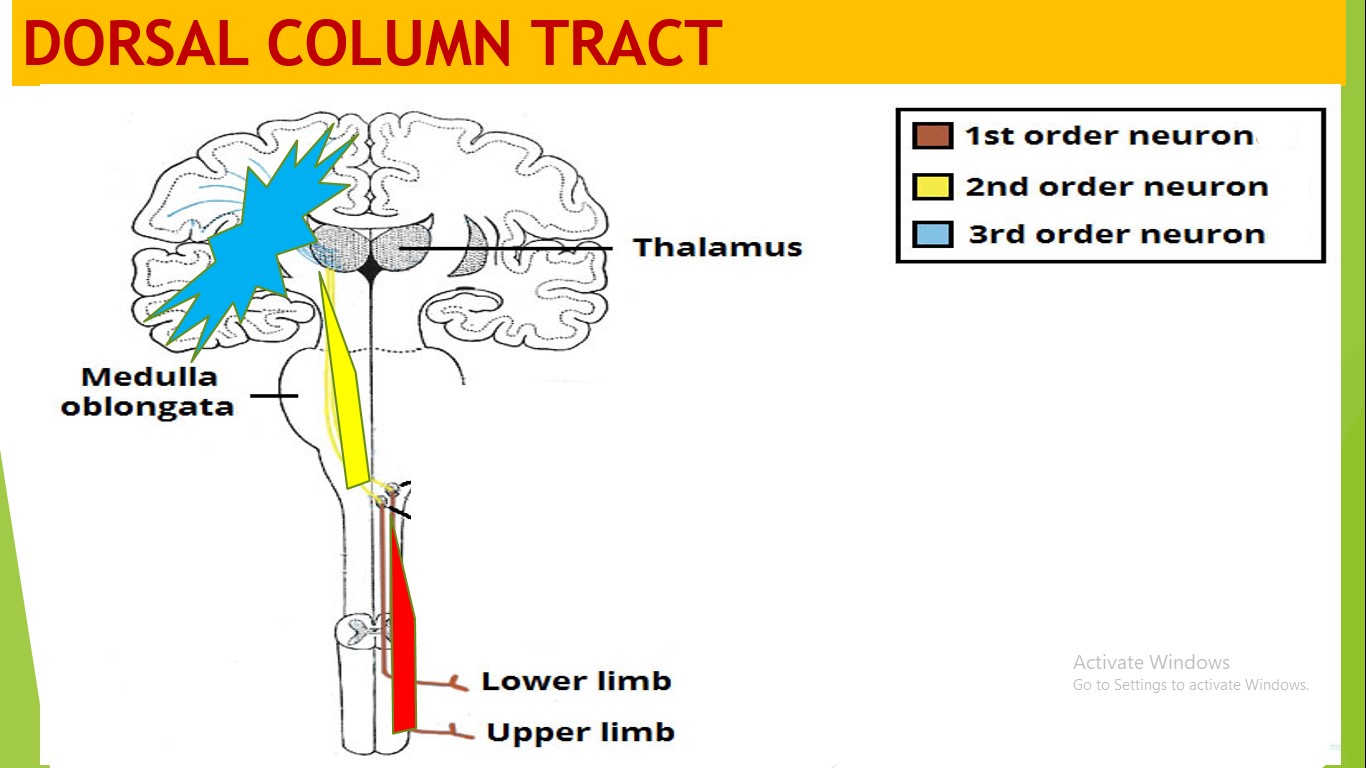
Sensory Neuron, receptors and code
The sensory information enters the central nervous system (CNS) through peripheral nerves and is conducted immediately to multiple sensory areas in (1) the spinal cord at all levels; (2) the reticular substance of the medulla, pons, and mesencephalon of the brain; (3) the cerebellum; (4) the thalamus; and (5) areas of the cerebral cortex. Neurons communicate with each other via electrical events called ‘action potentials’ and chemical neurotransmitters.At the junction between two neurons - synapse, , an action potential causes presynaptic neuron to release a "chemical neurotransmitter". There are two major types of synapses: (1) the chemical synapse and (2) the electrical synapse. Almost all the synapses used for signal transmission in CNS of the human being are chemical synapses. The presynaptic terminal is separated from the postsynaptic neuronal soma by a synaptic cleft having a width usually of 200 to 300 angstroms.The neurotransmitter can either help (excite) or hinder (inhibit) postsynaptic neuron from firing its own action potential. In an intact brain, the balance of hundreds of excitatory and inhibitory inputs to a neuron determines whether an action potential will result.
There are five basic types of sensory receptors: (1) mechanoreceptors, which detect mechanical compression or stretching of the receptor; (2) thermoreceptors, which detect changes in temperature; (3) nociceptors (pain receptors), which detect damage occurring in the tissues, whether physical damage or chemical damage; (4) electromagnetic receptors, which detect light on the retina of the eye; and (5) chemoreceptors, which detect taste in the mouth, smell in the nose, oxygen level in the arterial blood, osmolality of the body fluids, carbon dioxide concentration, and other factors that make up the chemistry of the body. Nerve fibers that carry the sensory information vary in diameter and conducting velocity. Type A fibers are the typical large and medium-sized
myelinated fibers of spinal nerves. Type C fibers are the small unmyelinated nerve fibers that conduct impulses at low velocities.
Almost all sensory information from the somatic segments of the body enters the spinal cord through the dorsal roots of the spinal nerves. In the spinal cord, the sensory information is carried through one of two alternative sensory pathways: (1) the dorsal column–medial lemniscal system or (2) the anterolateral system. These two systems come back together partially at the level of the thalamus.
At the end of the lesson students will be able to learn;
1. Organization of Peripheral Nervous system
2. Type of synapses and neurotransmitters
3. Spatial and temporal summation
4. Classification of receptors and nerve fibers
5. Ascending pathways in the spinal cord and Decussation



